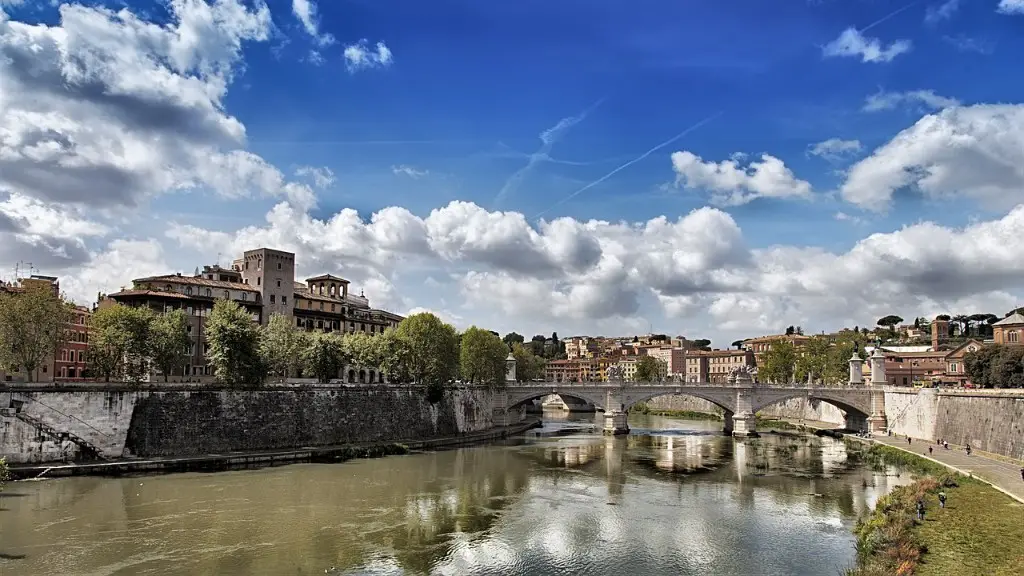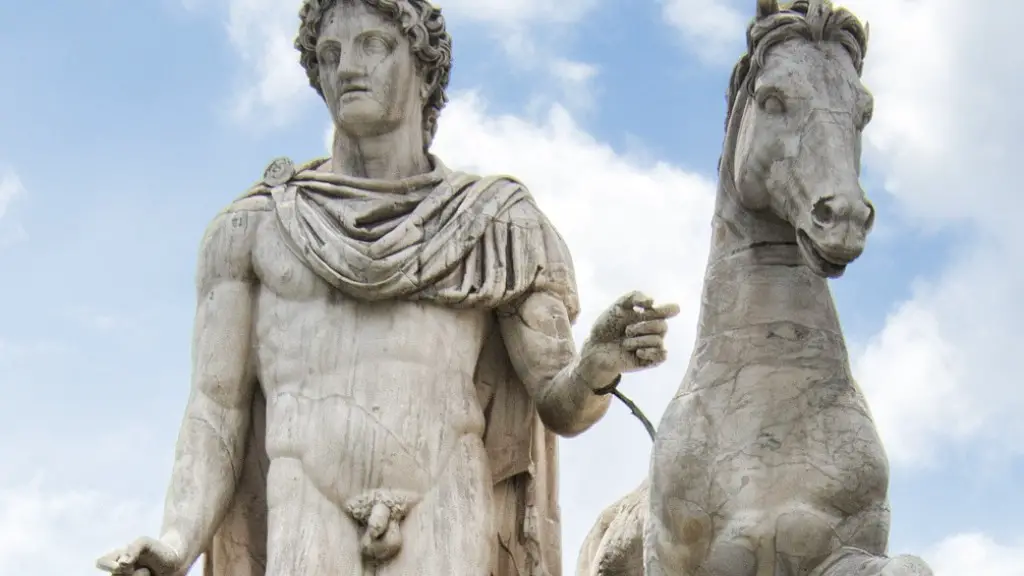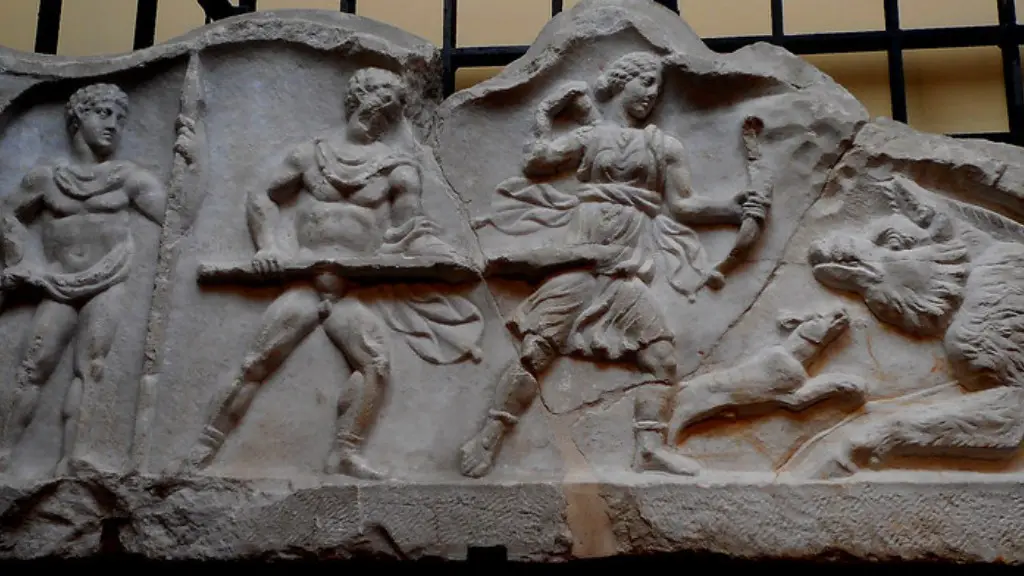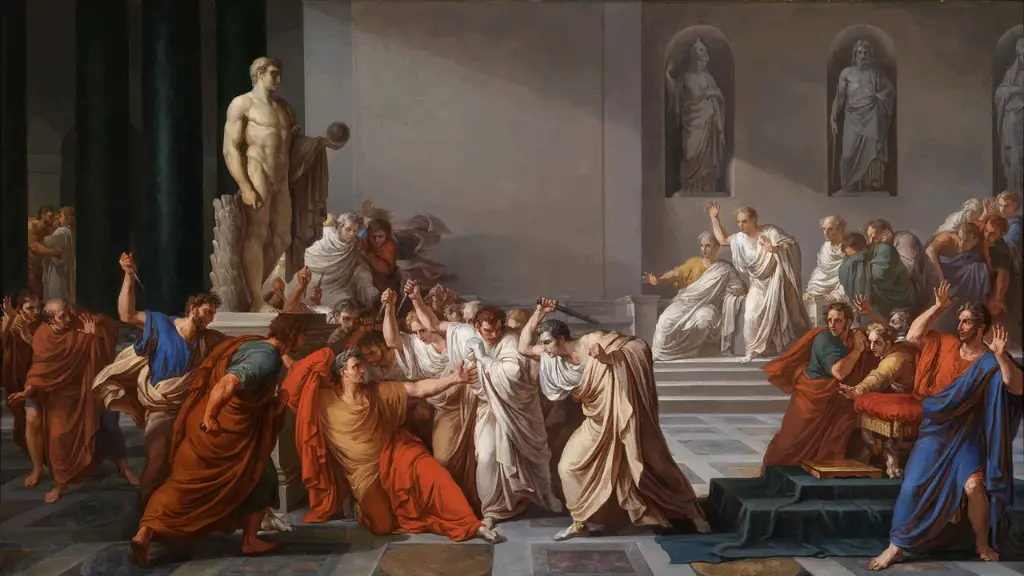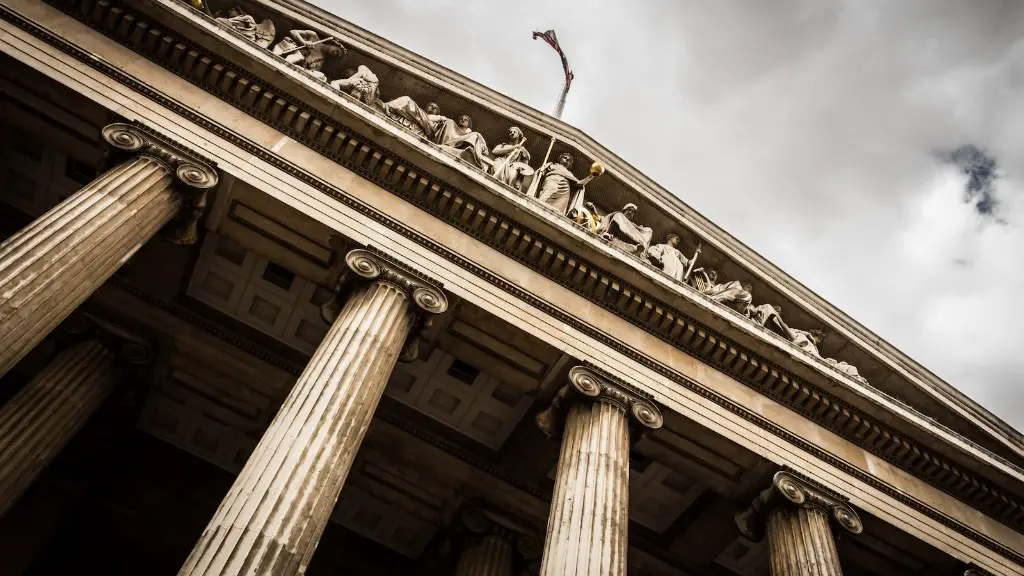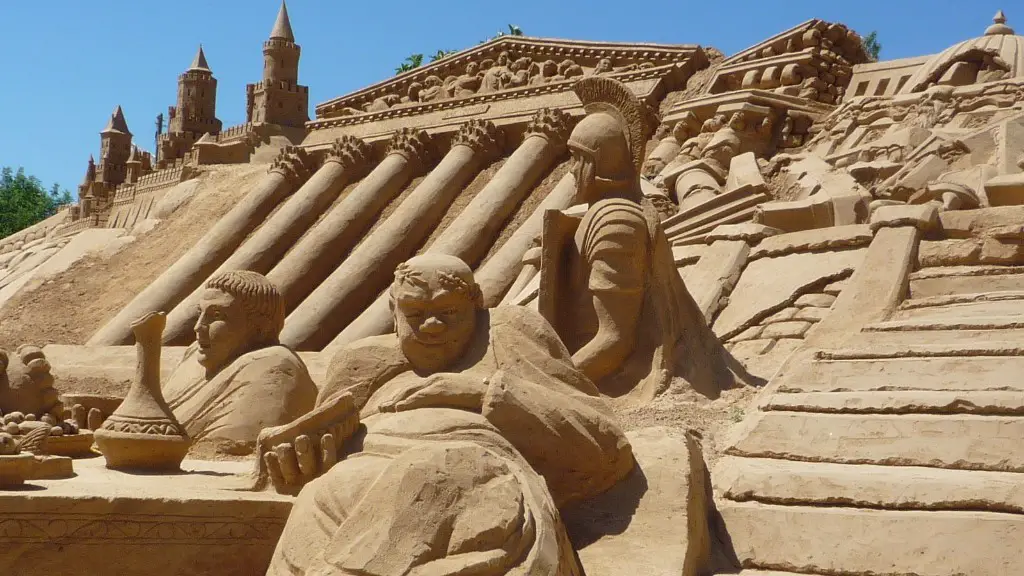As one of the largest empires in history, Rome’s ruling class was incredibly powerful and influential. The Roman aristocracy was a broad term used to describe the upper class, including the Senate, the patricians, and the equites. Although the aristocracy was technically a meritocracy, often times wealthy and influential families were able to secure positions of power for their children. This often led to corruption and cronyism within the ruling class. The aristocracy was a major factor in the decline of the Roman Empire.
The Roman Republic was an aristocracy in which the citizens exercised power through their elected representatives, the Senate. The aristocracy was based on the principle of heredity, and only those who could trace their ancestry back to the founding fathers were eligible for public office. This meant that the ruling class was relatively small, and that power was concentrated in the hands of a few.
Which Roman class was the aristocracy?
The Patricians were the wealthier citizens of Rome who could trace their ancestry back to the original citizens of the city, while the Plebeians were the poorer citizens. The Patricians held all the power in the city, and the Plebeians were often treated poorly.
Over time, however, the Plebeians began to gain more power and influence, and by the end of the Roman Republic, they were equal to the Patricians in every way.
The Roman Republic was founded in 509 BC, and for most of its history had a complex social structure consisting of two classes, the patricians and the plebeians. The patricians were the wealthier class, while the plebeians were the poorer class. The two classes were not equal, and the patricians had more power and privilege than the plebeians. This led to a period of conflict between the two classes known as the Conflict of the Orders. The conflict was eventually resolved in favor of the plebeians, and the two classes became more equal.
What type of government was ancient Rome
The Roman Republic was founded in 509 BCE after the last Etruscan king that ruled Rome was overthrown. Rome’s next government served as a representative democracy in the form of a republic. Initially, Rome’s wealthiest families, the patricians, held power and only they could hold political or religious offices.
Roman society was extremely patriarchal and hierarchical. The adult male head of a household had special legal powers and privileges that gave him jurisdiction over all the members of his family. The status of freeborn Romans was established by their ancestry, census ranking, and citizenship.
Was ancient Rome an aristocracy?
The aristocracy dominated the early Roman Republic. In Roman society, the aristocrats were known as patricians. The highest positions in the government were held by two consuls, or leaders, who ruled the Roman Republic. A senate composed of patricians elected these consuls.
The aristocracy is a class of people who hold a hereditary title or rank and typically have associated privileges. In some states, such as ancient Greece, ancient Rome, or India, aristocratic status came from belonging to a military caste.
How did ancient Rome organize their society?
The social structure of ancient Rome was based on heredity, property, wealth, citizenship and freedom. It was also based around men: women were defined by the social status of their fathers or husbands. Women were expected to look after the houses and very few had any real independence.
The Roman Republic was not a democracy in the modern sense of the word, but it did have elements of democracy. The Roman Republic was a republic, which is a form of government in which the head of state is not a monarch and the government is not hereditary. The Roman Republic had a senate, which was a group of wealthy landowners who voted on laws, and four assemblies: the Comitia Curiata, the Comitia Centuriata, the Concilium Plebis, and the Comitia Tributa. The Comitia Curiata was a group of landowners who voted on laws related to war. The Comitia Centuriata was a group of landowners who voted on laws related to the economy. The Concilium Plebis was a group of people who could vote on laws, and the Comitia Tributa was a group of people who paid taxes and could vote on some laws.
What was the class structure in ancient Rome
The two social classes of male citizens in Rome were the plebeian and the patrician. The patrician class was made up of the very old and prestigious families of Rome who were related to the old senators. This class could only be attained by being born into it. The plebeian class was for everyone else. The emperor was the only one who could attain this status without being born into it.
The Roman Republic was a government that was founded on the principle of separation of powers. This means that the government was divided into three branches, each with its own specific powers. The three branches were the Consuls, the Senate, and the Assembly. The Consuls were the highest ranking officials in the government and were responsible for the administration of justice and the defense of the state. The Senate was the second highest ranking body and was responsible for the formulation of laws and the management of the state’s finances. The Assembly was the third branch and was responsible for the enactment of laws and the election of officials.
What are some facts about ancient Rome government?
The Roman Empire was governed by an autocracy, which means that the government was made up of a single person. In Rome, this person was the emperor. The Senate, which was the dominant political power in the Roman Republic, was kept, but the senate lacked real political power, and so made few real governmental decisions.
Roman Republic
The Roman Republic was established in 509 BCE after the last Etruscan king was overthrown. The wealthy citizens of Rome created various assemblies of Roman citizens in order to establish a republican government. This government lasted until the establishment of the Roman Empire in 27 BCE.
The Roman political institutions were designed to reflect the Roman society, which was divided into two classes: the patricians and the plebeians. The patricians were the wealthy elites while the plebeians were the common people. Initially, only the patricians were able to hold political office and make important decisions. This system changed over time as the plebeians gained more power and eventually became equal to the patricians.
The patrician class were the descendants of the most ancient and powerful noble families. They were landowners and their power was manifested in the Senate. They married and did business only with people of their own class. This created a social divide between the patricians and the plebeians, who were not of noble ancestry and thus did not have the same opportunities or social status.
How was the ancient Roman family organized?
The Ancient Roman family was a complex social structure that was based mainly on the nuclear family. However, it could also include various combinations of other members, such as extended family members, household slaves, and freed slaves. The family was the cornerstone of Ancient Roman society and played a significant role in its economy, politics, and culture.
It is clear that the Roman constitution was not conducive to democracy. The vast majority of the population had little to no influence on legislation and could only select leaders from a very small aristocratic caste. This meant that the majority of people were effectively excluded from the political process. This is not to say that there were no democratic elements to the Roman constitution – for example, the concept of popular assemblies – but overall it was not a system that allowed for true democratic participation.
Who was in the upper or aristocratic class in Rome
The patricians were considered the upper-class in early Roman society. They controlled the best land and made up the majority of the Roman senate. Patricians often had a higher education and better access to resources than the plebeians, which made them better equipped to hold high-ranking positions in government and society.
The social aristocracy or nobility has been a part of human society since time immemorial. In every civilization, there have been people who have been born into wealthy and powerful families and have enjoyed special privileges and advantages that others have not.
The Brahman caste in India, the Spartiates in Sparta, the eupatridae in Athens, the patricians or Optimates in Rome, and the medieval nobility in Europe are all examples of this social aristocracy. Throughout history, these privileged groups have used their power and influence to maintain their position of prominence in society.
While the social aristocracy may have certain privileges and advantages, they also have a responsibility to use their power and influence for the good of society. In recent years, there has been a growing movement among the aristocracy to use their privilege to help those who are less fortunate. This is a positive trend that hopefully will continue in the future.
Conclusion
In ancient Rome, the aristocracy was a class of privileged citizens who held decisive political and economic power. The aristocracy was based on a system of inheritance, so membership in this class was largely determined by birth. Wealth and land ownership were also important factors in determining one’s place in the aristocracy.
The aristocracy in ancient Rome was a class of privileged citizens who held power and status above the average person. The aristocracy was made up of the patrician class, who were the wealthier families with more power, and the plebian class, who were the poorer citizens. The aristocracy controlled the government and the military, and they also owned most of the land. The average person had very little power or status in society.
